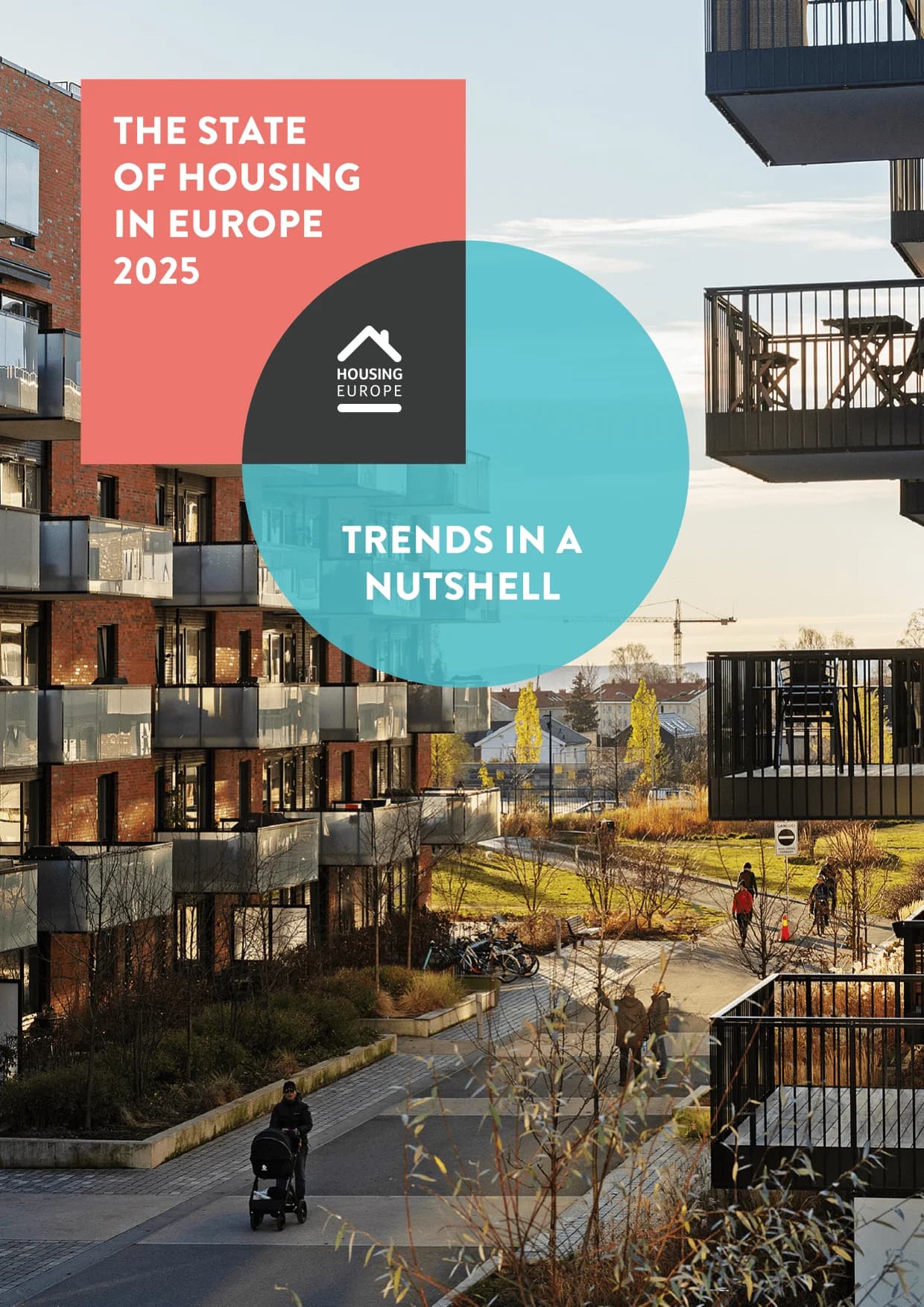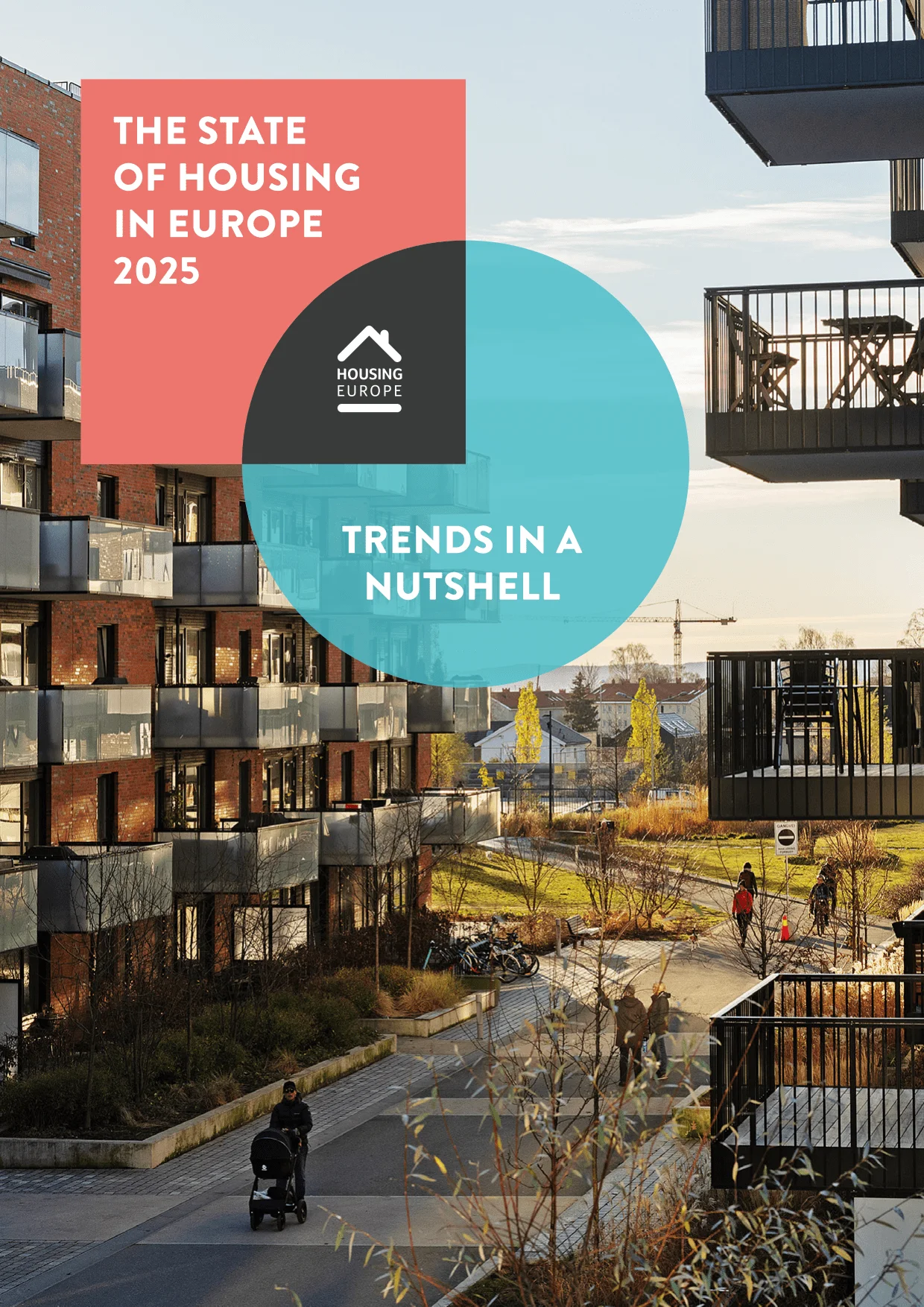The State of Housing in Europe 2025: Trends in a Nutshell
🏠Context and Overview
The document "The State of Housing in Europe 2025: Trends in a Nutshell" is published by Housing Europe, a federation representing public, cooperative, and social housing providers across Europe. It is authored under the guidance of key figures from the organization, including Marco Corradi, the President of Housing Europe, and Laurent Ghekière, Chair of the Housing Europe Observatory. This report sheds light on the pressing housing crisis in Europe, characterized by rising inequality, social exclusion, and challenges to urban competitiveness.
🚪Housing Crisis and Its Implications
Europe is facing a structural housing crisis that has tangible effects on people's lives. The crisis manifests in the form of increasing social housing waiting lists and unmet construction targets, indicating that current policies and investments are inadequate. The report emphasizes that public, cooperative, and social housing sectors play a crucial role in addressing these challenges, enabling a more sustainable and inclusive housing paradigm.
📉Housing Needs vs. Supply
The report highlights a persistent gap between housing needs and supply across Europe. Factors such as population growth, urbanization, and migration drive demand, while rising costs and limited financing hinder supply. Countries like France, Germany, and the Netherlands require substantial annual housing completions—518,000, 400,000, and nearly 1 million, respectively—yet actual production consistently falls short, often by nearly half.
🕵️♂️ Social Housing Waiting Lists
Social housing waiting lists across Europe are swelling, with approximately 2.8 million pending applications in France and significant numbers in Germany, Italy, and Portugal. This indicates deep-rooted structural shortages that are not being addressed by current production levels. The report underscores the systemic nature of the housing crisis, characterized by overwhelming backlogs in public, cooperative, and social housing.
🏗️Dynamics of Housing Supply
The document discusses the declining construction rates in several countries, including France, Finland, and Germany, largely attributed to rising costs and limited financing. However, some countries, such as Luxembourg and Hungary, are demonstrating resilience by increasing their social housing stock through both new builds and acquisitions. The overall trend indicates that the housing sector is caught between financial constraints and climate obligations.
🔄Renovation Trends
Renovation efforts across Europe are also mixed; while some countries are making progress with climate-driven retrofits, others, like Germany and Ireland, face significant challenges due to funding and economic constraints. The report emphasizes that public, cooperative, and social housing providers remain integral to overall housing supply, accounting for a significant share of new completions in countries like the Netherlands and France.
🔍Governance and Regulatory Changes
The document concludes with insights into recent governance and regulatory changes across Europe, revealing a complex landscape of progress and setbacks. Positive reforms have been implemented in several countries, but others face cuts and stalled reforms. The report calls for stable financing, coherent regulations, and enhanced EU-level support to enable effective housing policies.
🌍The Role of the EU
Finally, the report discusses the EU's dual role as both a barrier and a facilitator for housing providers. While EU fiscal rules can limit investment capacity, EU funds and potential housing strategies are viewed as vital for unlocking new supply and accelerating renovations. Housing providers emphasize the need for a European strategy that recognizes the essential role of public, cooperative, and social housing in achieving sustainable housing solutions.

